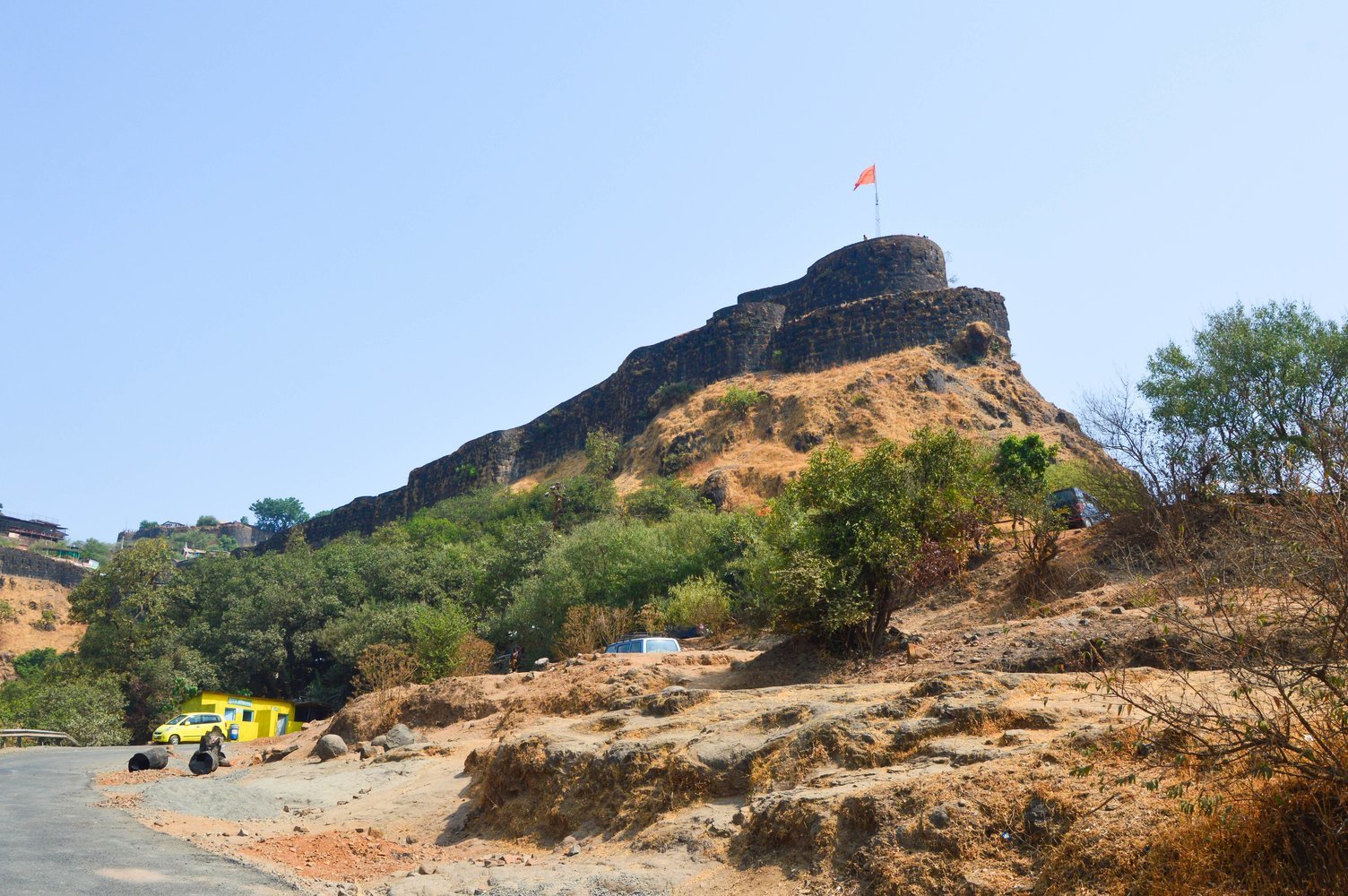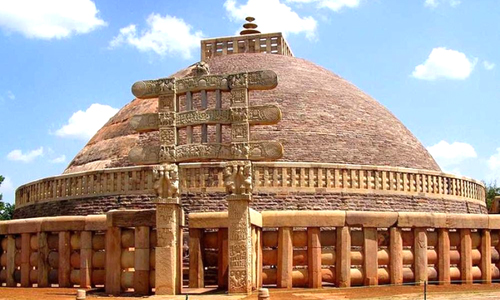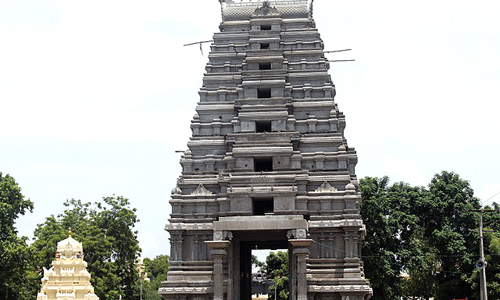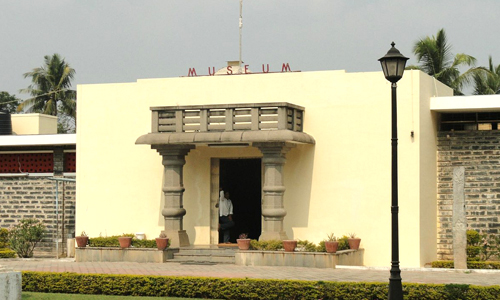In Amaravati, Andhra Pradesh, they erected a huge figure of Lord Buddha called the Dhyana Buddha. With a height of 125 feet, the Dhyana Buddha Statue is one of India's most giant Buddha statues. It was started in 2003 and finished in 2015. The statue is next to the clean River Krishna, spreading over 4.5 acres of substantial green space. It is a must-see attraction as one of the places to visit in Amaravati.
Architecture of the statue
The giant Buddha statue is sitting on top of a lotus flower, and the base of the statue is hollow. The eight pillars that hold up the magnificent lotus flower represent Lord Buddha's eightfold path to freedom. They have divided the area into four zones, each representing one of the four eternal truths. There are five Ayaka poles, which again represent the five stages of life that Buddha taught about.
There is also a very detailed museum in the area below the figure. Moreover, this museum has reliefs of well-known Amaravati statues and tells stories about Lord Buddha's life, such as how he became enlightened under the Bodhi tree and gave up his palace, among other things. Furthermore, they have also included a Dhyana Mandiram featuring carvings of Buddhist teachings and related writings.
What is the history of the Dhyana Buddha statue?
R. Mallikarjuna Rao, the Joint Director of Social Welfare in Guntur, carved the Dhyana Buddha Statue. The design, in addition, draws inspiration from more than 50 sculptures from over 145 places. Consequently, they built a park called Dhyana Buddha Park around the figure so people could visit and relax. Furthermore, there is a seminar hall and 20 high-end suites in the building to accommodate Buddhist tourists worldwide.
What is the height of the Buddha statue in Amaravathi?
In Amaravathi, Andhra Pradesh, India, they have erected a statue known as the Dhyana Buddha. It shows Gautama Buddha sitting in a peaceful pose. They completed it in 2015, and it stands 125 feet (38 m) tall on a 4.5-acre plot of land next to the Krishna River.
The best time to visit the Dhyana Buddha Statue
It would be best from October to March because the weather is cool and pleasant, so people can easily explore the site. Consider booking an Amaravati tour package for a comprehensive experience.







